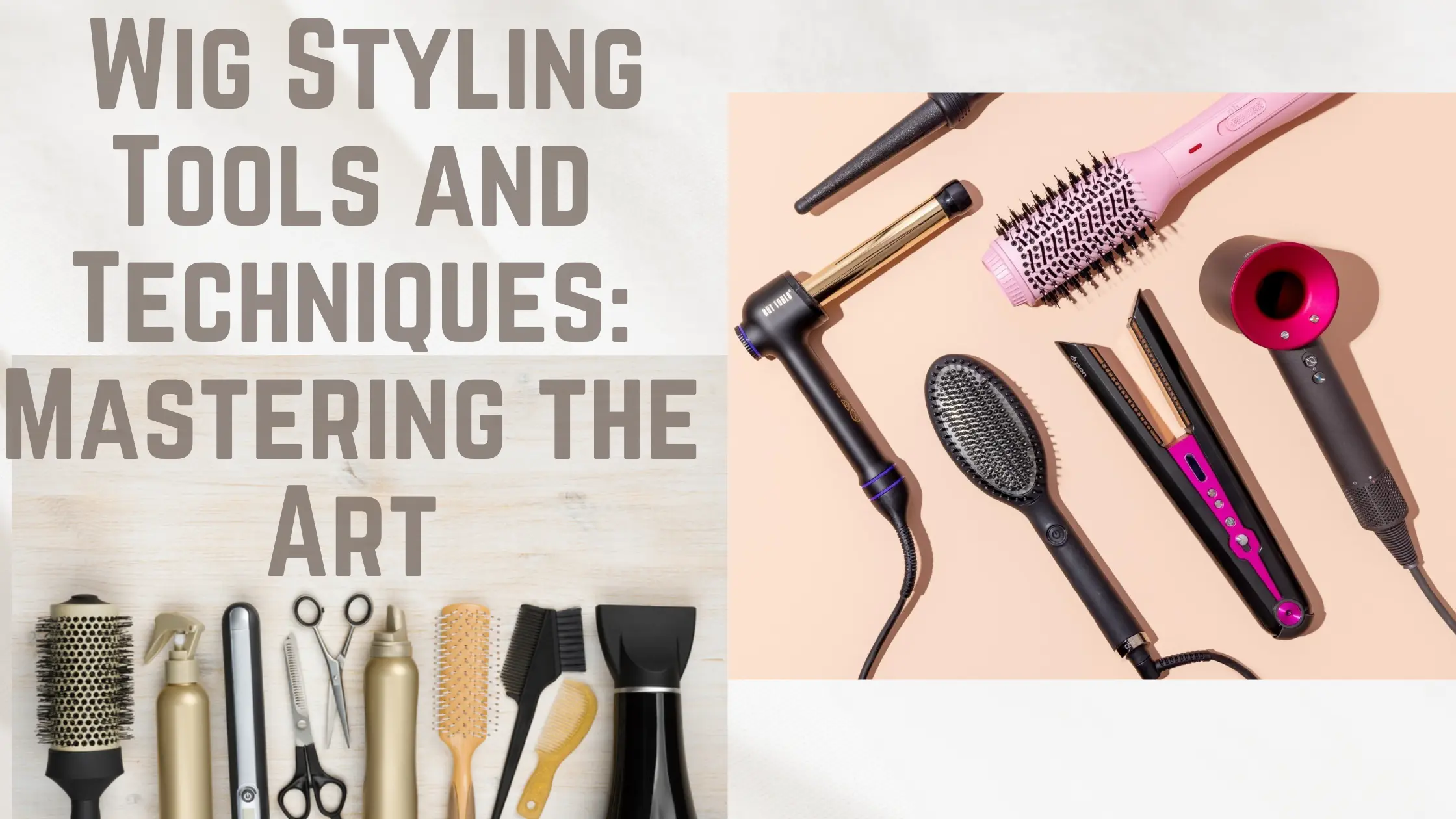Wig Styling Tools and Techniques: Mastering the Art
2023-June-20-Tue 09:45:41:AM AUTHOR:AniceKiss
Welcome to our blog, where we delve into the fascinating world of wig styling tools and techniques. Whether you're new to wearing wigs or an experienced wig aficionado, understanding the tools and techniques of wig styling can greatly enhance your overall wig-wearing experience. In this article, we'll explore a variety of essential tools and share some valuable tips to help you master the art of wig styling.
I. Essential Wig Styling Tools:
To achieve beautiful and natural-looking styles, you'll need the following essential wig styling tools:
1. Wig Brush: A wide-toothed, soft-bristle wig brush is crucial for detangling and maintaining the quality of your wig. Avoid using regular brushes or combs as they can cause damage or breakage.
2. Wig Stand or Mannequin Head: Investing in a wig stand or mannequin head allows you to style your wig with ease, ensuring it retains its shape and structure during the process.
3. Heat Styling Tools: If your wig is heat-resistant, a curling iron, flat iron, or hot rollers can be used to create various styles. However, always use these tools on a low heat setting to prevent damage.
4. Wig Clips and Pins: These handy accessories help secure your wig in place, especially for intricate styles or when you're on the move.
5. Wig Cap: A wig cap helps keep your natural hair tucked away neatly, providing a smooth base for your wig and preventing slippage.
II. Wig Styling Techniques:
Now that you have the necessary tools, let's explore some tried-and-tested wig styling techniques:
1. Detangling: Before styling, gently detangle your wig using a wig brush, starting from the ends and working your way up. Be patient and avoid tugging or pulling to prevent damage.
2. Styling with Heat: If your wig is heat-resistant, experiment with various heat styling tools to achieve curls, waves, or straight styles. Remember to apply a heat protectant spray before using any hot tools.
3. Wig Cutting and Trimming: If you desire a personalized look, consider having a professional wig stylist trim or shape your wig to suit your face shape and desired style. This can help create a more natural and flattering appearance.
4. Updos and Ponytails: To achieve updos or ponytails, use wig pins, clips, or hair ties to secure your wig in place. Make sure to hide the wig cap or use additional accessories to conceal any exposed areas.
5. Adding Volume: If your wig lacks volume, try using a teasing brush or a small comb to gently tease the hair at the roots. This technique can add body and create a more voluminous look.
6. Customizing with Accessories: Embellish your wig with headbands, scarves, or hair accessories to add a personal touch and elevate your style. These accessories can also help secure your wig and enhance its overall appearance.
Mastering the art of wig styling requires the right tools and techniques. By utilizing the essential wig styling tools mentioned above and experimenting with different techniques, you can achieve a wide range of stunning styles and transform your wig-wearing experience. Remember to take care of your wig by properly maintaining and storing it to ensure its longevity. Happy styling!
We hope this blog post has provided you with valuable insights and inspiration for your wig styling endeavors. If you have any further questions or need assistance, feel free to reach out to us. Stay fabulous!

